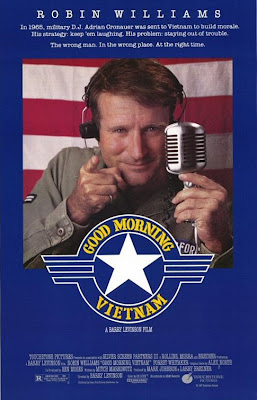


Except these are not Disney movies.
Anastasia and Ferngully were distributed by Fox and Swan Princess by New Line Cinema. You don't need to be an animation geek to tell, you can find out by checking the name on the box or poster.
Somehow, the name "Disney" means "Animated Princess Musical", which is weird, since Walter Elias Disney...

this guy
...produced over 20 animated features in his lifetime, only three of which starred Princesses.


...as well as significant amount of live action features and TV ventures that spanned genres from Sci-Fi Adventure to situation comedy. But he's dead now, so whatever. I really want to talk about "Flashpoint".
seamless transistion: no?
Or more specifically, One of the names on the box: "Silver Screen Partners" which, initially, was a limited partnership set up to fund a number of HBO Pictures films(like Flashpoint). Through such a partnership, average stockholders could invest in movies.
Or more specifically, One of the names on the box: "Silver Screen Partners" which, initially, was a limited partnership set up to fund a number of HBO Pictures films(like Flashpoint). Through such a partnership, average stockholders could invest in movies.

Like The Producers, but with less fraud(I think).
Which brings me back to Branding (specifically the Disney brand). As Silver Screen Partners was a series of limited partnerships, and Silver Screen Partners II, III and IV,produced Disney movies (and by extension, Touchstone and Hollywood Pictures movies) which were released from 1985 through 1992, before Disney became "Princess Musical Central".


"Now hold on there, smart-ass!" I hear you say. "Two of those are Animated Princess Musicals, that seems like mighty persistent brand association to me!".
Yes, anticipated-angry-poster, they are. But not every Silver Screen Partners picture got a slew of home video sequels and a theme park ride.








Yes, anticipated-angry-poster, they are. But not every Silver Screen Partners picture got a slew of home video sequels and a theme park ride.








With the exception of Dick Tracy, all of the above movies were released by Disney as a "Disney" (as opposed to "Touchstone") film, with the name right on the box. There is also genre diversity, from High Fantasy to Mystery to Action/Adventure to period, to contemporary to Scary-as-Hell Thingies with Wheelers.
The actual quality of these films can be debated but not the content which doesn't conform so much to the "Cute and Cuter" fare that the Disney studio was producing since Walt's Death(like "Pete's Dragon") or even to the "Enchanted and Magical" stereotypes Disney has currently perpetuates as a brand. Dare I say, this was when the Disney Studio was trying out something new and different(or more accurately, as new and different as you can get in 1980's blockbuster cinema), most likely due to the influence of Michael Eisner and his "regime".
If you check the imdb pages for the Silver Screen Partners, you'll find The majority of Disney's Silver Screen Partners projects were more mainstream (at the time) films with a diversity of subject matter and genre, or "grown-up movies".

Because maturity means "Adventures in Babysitting"...
None of the Silver Screen Partners limited partnerships got a logo: no kid on a bike flying across a moon, no shield, no arclights, no little red robots no theme music and no castle whatsoever. After all, these partnerships were financial, not creative institutions, and were set up for and by one customer.
But since these investment funds were just as vital to producing motion pictures as big names like Spielberg or Eisner, these partnerships got credit on promotional materials (like the fine print on movie posters) and title cards on every movie made with their money.
The actual quality of these films can be debated but not the content which doesn't conform so much to the "Cute and Cuter" fare that the Disney studio was producing since Walt's Death(like "Pete's Dragon") or even to the "Enchanted and Magical" stereotypes Disney has currently perpetuates as a brand. Dare I say, this was when the Disney Studio was trying out something new and different(or more accurately, as new and different as you can get in 1980's blockbuster cinema), most likely due to the influence of Michael Eisner and his "regime".
If you check the imdb pages for the Silver Screen Partners, you'll find The majority of Disney's Silver Screen Partners projects were more mainstream (at the time) films with a diversity of subject matter and genre, or "grown-up movies".

Because maturity means "Adventures in Babysitting"...
None of the Silver Screen Partners limited partnerships got a logo: no kid on a bike flying across a moon, no shield, no arclights, no little red robots no theme music and no castle whatsoever. After all, these partnerships were financial, not creative institutions, and were set up for and by one customer.
But since these investment funds were just as vital to producing motion pictures as big names like Spielberg or Eisner, these partnerships got credit on promotional materials (like the fine print on movie posters) and title cards on every movie made with their money.










No comments:
Post a Comment